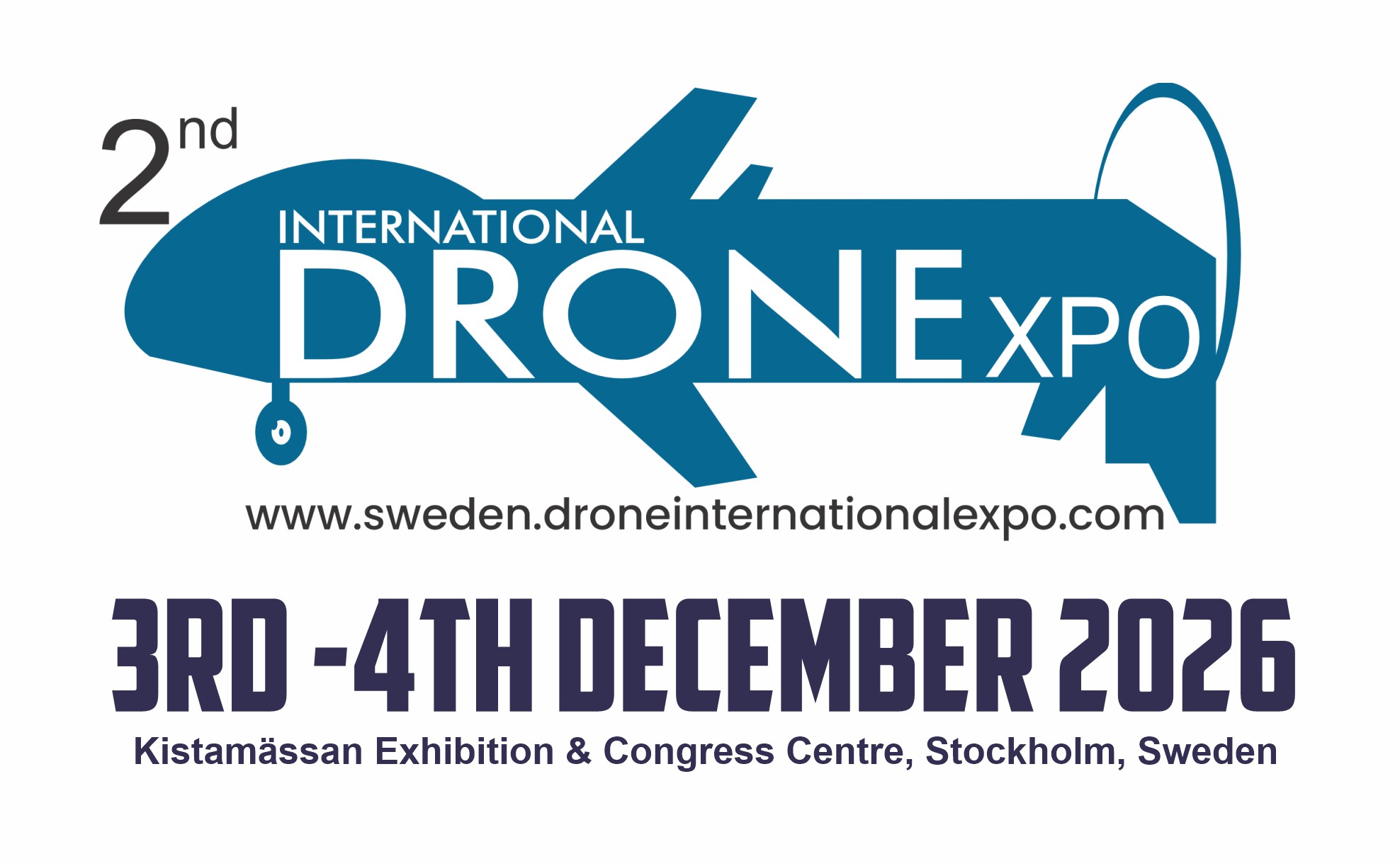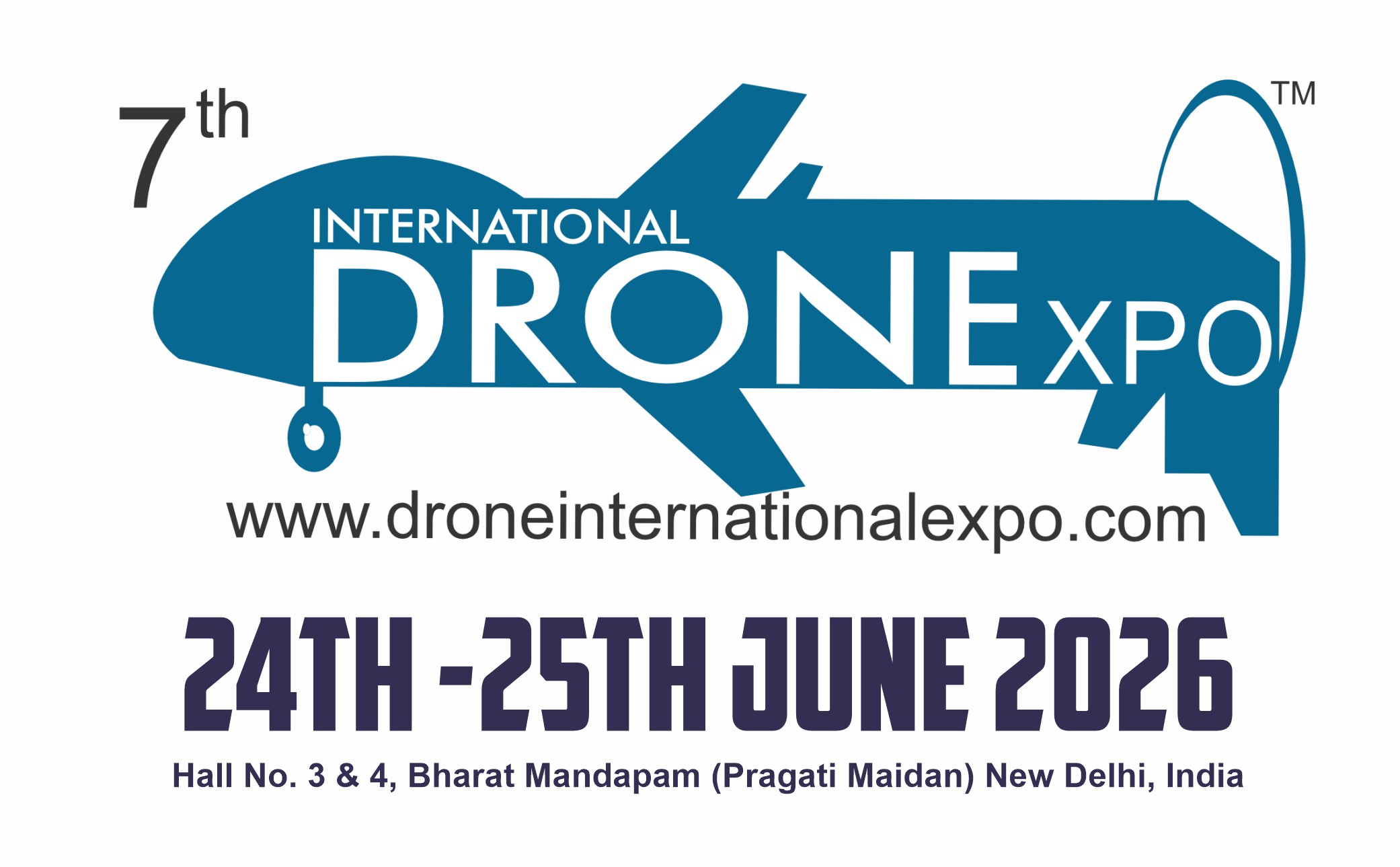UAS obsolescence and recycling
Now, here’s a thing
Although the rapid proliferation of small UASs for both consumer and professional use is a sign of a healthy and growing market, it would be a mistake to overlook the long-term implications of their obsolescence. Failure to manage these technologies at the end of their working lives will lead to economic inefficiencies and significant environmental burdens because a high proportion inevitably ends up as e-waste, writes Peter Donaldson.
UAS development follows a very similar path to that of consumer electronics in that its generation times are very short. The pursuit of enhanced sensors, processing power, and autonomy is relentless, inherently accelerating the obsolescence of earlier iterations. Industrial equipment is generally expected to have a long operational life, supported by established maintenance protocols and upgrade paths. However, UASs, particularly in the consumer and semi-professional producer/consumer segments, often lack robust upgrade paths and are generally considered disposable once newer models emerge.
More important than the costs to businesses are the environmental ramifications of this process. UASs incorporate a complex array of components, including batteries that contain scarce and often hazardous materials, sensor packages incorporating rare earth elements, and airframes constructed of composites with limited scope for recycling. Continued rapid growth of the UAS market brings the need for a proactive strategy to manage the escalating volume of associated e-waste, or at least that contributed by the UAS industry. Current disposal methods, often involving landfill, result in loss of valuable resources and potential leaching of toxic substances into the environment.
To avert this risk, the UAS industry must embrace a holistic lifecycle management approach. Fortunately, the engineering methods that can help this along are well known, if inconsistently followed. Design principles should prioritise modularity and compatibility, allowing targeted upgrades of specific subsystems rather than complete vehicle replacement. Standardised interfaces and protocols are also crucial to facilitate seamless integration.
Furthermore, expanding the use of open-source computing on older UASs could unlock their potential for alternative applications, such as in research and education, for example. This requires the development of accessible documentation, software tools, and community support to facilitate UAS repurposing and customisation.
Establishing a dedicated industry focused on efficient and safe recycling of UASs is crucial, and requires research into optimised disassembly techniques, material separation processes for composites and rare earth elements, and secure handling of hazardous battery components.
Future UAS development must integrate end-of-life considerations from the outset. This includes material selection for enhanced recyclability, design for disassembly, and minimising the use of hazardous substances. Manufacturers should be incentivised to adopt circular economy principles, potentially through extended producer responsibility schemes.
Ignoring the impending challenge of UAS obsolescence will create a significant environmental liability and undermine the long-term economic sustainability of the industry. Uncrewed systems industry professionals are uniquely positioned to drive this change by advocating and implementing life-cycle-conscious design, operation, and disposal practices. A proactive and collaborative approach is essential to ensure the continued growth and responsible evolution of the sector.
UPCOMING EVENTS























